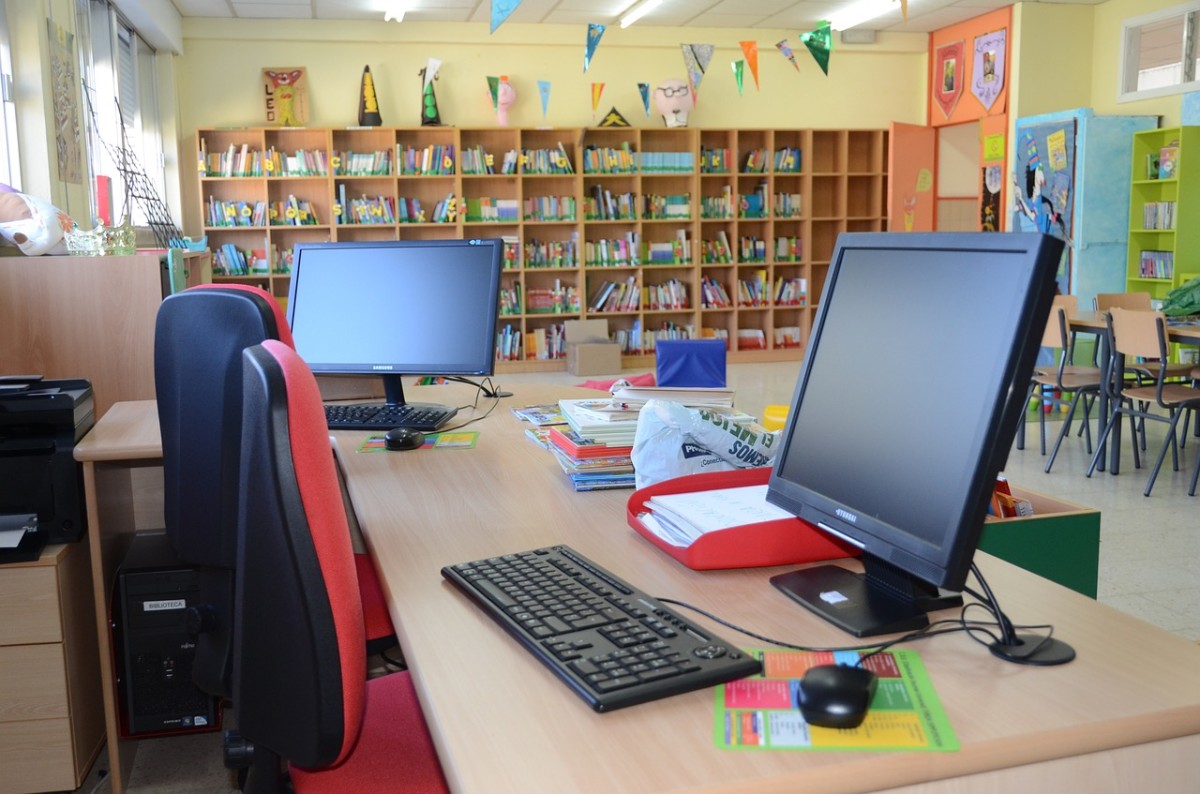
By: Megan A. Fagge and Robert A. Just from SEEN Magazine
Children are impressionable and the experiences they have while in school will have a profound impact on their lives. Compelling school design can inspire children and their awareness of the built environment. Simply put, the perfect school will inspire, transform and bring added value to the educational systems and communities in which they operate.
In today’s world, students are preparing for a technologically driven future with jobs that in many cases have yet to be invented. So how do we create “The Perfect School” that not only enables students to excel, but also supports them as they prepare to join the global economy? In short, we believe the heart of this complex question resides in one single concept: Pride of Place. The perfect school should encourage students to learn and empower teachers to educate. The perfect school should encourage a student to say, “I go to school there” with a true sense of enthusiasm, and it should emphasize the value of education, collaborative learning and character development both inside and outside the classroom.
1.Design Matters
Intuitively, we know that design matters. Teachers have long compensated for dull environments by creating colorful bulletin boards and hanging posters. They have attempted to improve their space with area rugs and carefully placed bookshelves. Teachers know that design matters; however, all too often, they are not invited into the design process, which we see as a missed opportunity
At the University of Salford Manchester, data was collected from 751 students across a variety of learning environments. The results of the study were clear and compelling. The classroom environment, including lighting, spatial organization, even the color on the walls, “could affect [the students’] learning progress by as much as the average improvement across one year.” Subsequent research from the university has supported this initial conclusion — design in schools matters.
2. Integrating Proven Pedagogy
Extensive research and prominent educators say that education must shift from traditional lecture style instruction to discovery. Thus as a foundation to the education process, active-based learning has been growing in popularity. Variations of active-based learning include deeper learning, expeditionary learning and blended learning. These styles have much in common, promoting a student’s experience that, at its best, is investigative, personalized and engaged
Active-based and personalized, student-center learning requires a new conception of classroom organization that is both flexible and agile. In the perfect school we move away from traditional desks in rows and begin to look for space that is flexible, adaptable and configurable to a variety of activities and experiences as the curriculum requires. Such space can and should be designed to foster learning.
When considering what it takes to design the Perfect School, we certainly want administrators to value recent concepts that embody “High Performance” schools, but we also want to encourage administrators to embrace the pedagogy of 21st century learning. Putting it all together in a collaborative approach, the architect and administrator can create something great, something that creates Pride of Place and thus the perfect school.
Content originally appeared in SEEN Magazine Issue 17.3. See full article here.



